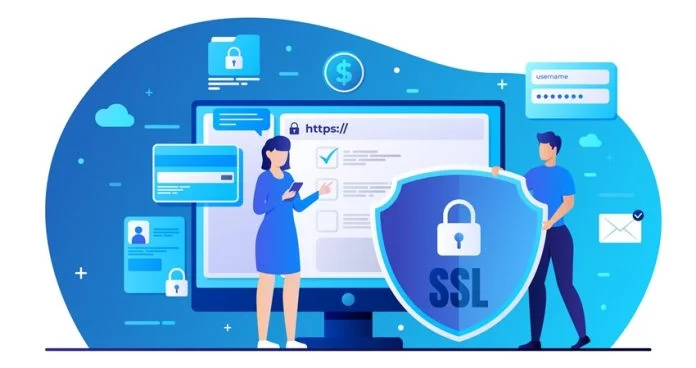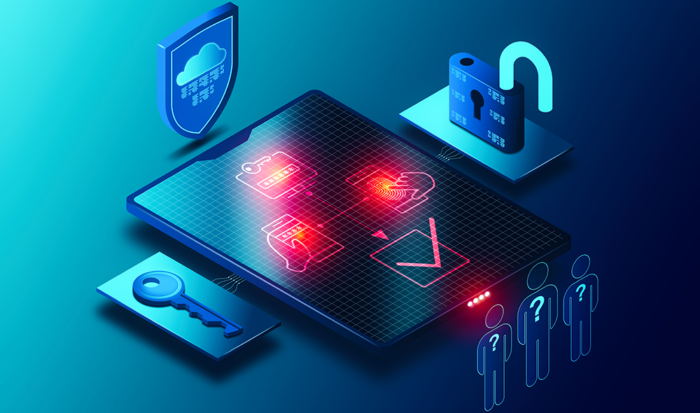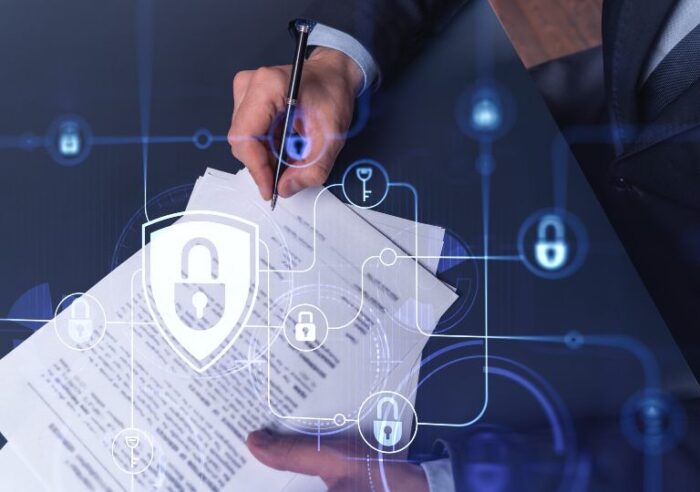
In today’s business landscape, the ability to securely and efficiently share information is a critical asset. Encrypted data sharing, a technology at the forefront of modern business practices, stands as a pillar of this capability.
This article delves deeply into the nuances of secure file sharing, offering a comprehensive guide for businesses keen on harnessing its power to bolster collaboration and fortify data security.
The Role of Encryption in Modern File Sharing

Encryption, the sophisticated process of encoding information to shield it from unauthorized access, is more than a technical term; it’s the backbone of digital trust and security in business communications.
In an era where business operations are increasingly global and remote work is the norm, encryption in file sharing becomes not just beneficial, but essential.
By encrypting files, businesses ensure the confidentiality and integrity of their data, safeguarding everything from critical financial reports and strategic plans to sensitive customer information.
This practice is also crucial for maintaining compliance with international data protection regulations. With stringent laws like the GDPR in the European Union and other data protection statutes across the globe, encryption helps businesses navigate these legal waters, avoiding the risks of non-compliance.
Understanding Encryption Technologies for File Sharing
Selecting the right file-sharing solution for your business means getting to grips with the types of encryption it uses. Let’s break it down into simpler terms. Imagine encryption like a lock and key system.
With symmetric encryption, you have one key that both locks (encrypts) and unlocks (decrypts) your data. It’s fast, but if someone else gets that key, your data’s security could be compromised.
When choosing a file-sharing service, look for one that offers robust end-to-end encryption. But remember, it also has to be user-friendly.
If it’s too complicated, people might not use it correctly, which can lead to gaps in your data’s security. The key is finding a service that strikes a good balance between strong security and ease of use.
Implementing Secure Sharing in Your Business Culture

Successfully integrating encrypted file sharing into a business is as much about culture as it is about technology. Developing a security-aware culture is essential in making the most of secure file sharing.
Creating clear policies around the use of secure file sharing is crucial for any business. This involves deciding what types of data need encryption and laying out specific guidelines on how to share these encrypted files.
By setting these parameters, businesses can ensure that sensitive information is consistently handled with the highest security standards.
Regular training for employees on the significance of data security and the proper usage of protected file sharing tools is a must.
This educational approach helps minimize risks associated with human error, often the most vulnerable aspect of data security. By keeping the team informed and vigilant, businesses can reinforce their defense against potential data breaches.
Additionally, choosing intuitive and easy-to-use protected file sharing tools is critical. Complex tools may lead employees to resort to simpler but less secure methods of file sharing. Periodically auditing the use of secure file sharing tools ensures they are being correctly and effectively utilized.
Keeping Your Encryption Practices Updated
Regularly updating encryption practices is crucial in guarding against new and evolving security threats. This means not only keeping encryption software up to date but also staying informed about the latest developments in security threats and encryption technology.
For instance, the emergence of quantum computing presents new challenges to existing encryption methods. Proactively preparing for such advancements is key to ensuring the long-term effectiveness of secure file sharing systems.
Multi-Factor Authentication (MFA)

Implementing Multi-Factor Authentication (MFA) is crucial for adding an extra layer of security when accessing encrypted files.
MFA ensures that even if a password is compromised, unauthorized users will be stopped by a secondary verification process.
This could involve biometrics, such as fingerprint or facial recognition, SMS codes sent to a trusted device, or token-based authentication. By integrating MFA with encryption, you significantly reduce the risk of unauthorized access to your sensitive data.
Data Backup and Recovery
Even the best encryption can’t protect against every threat. Regular data backup and a solid recovery plan are essential, as encrypted files are still vulnerable to data loss from hardware failures, natural disasters, or accidental deletions.
Implementing a robust backup strategy, ideally with automated and regular backups stored in a secure, off-site location, ensures that you can quickly restore your data with minimal disruption in case of loss.
Third-Party Vendor Security
In our interconnected world, the security of third-party vendors or cloud storage providers is as important as your own.
When choosing file-sharing services, it’s crucial to assess their security practices. Ensure that these providers follow strict encryption protocols and have comprehensive security measures in place to protect your sensitive data from unauthorized access or breaches.
Legal and Liability Aspects
Navigating the legal landscape of data sharing is complex, with significant implications for liability in the event of a breach.
It’s essential to understand user agreements, terms of service, and the need for legal counsel to ensure compliance with data protection laws and regulatory requirements. This not only protects your data but also safeguards your organization against legal and financial repercussions.
Mobile Device Security
With the increasing use of mobile devices in the professional landscape, securing data on these devices is paramount. Mobile Device Management (MDM) solutions allow you to manage, monitor, and secure the mobile devices accessing your encrypted files, providing an essential layer of security in today’s mobile-centric work environment.
User Permissions and Access Control

Effective data protection isn’t just about preventing external threats; it’s also about managing internal access. Implementing strict user permissions and access control measures is critical.
Ensure that only authorized individuals have access to encrypted files. This minimizes the risk of internal data breaches and ensures that sensitive information does not fall into the wrong hands.
Conclusion
Mastering secure file sharing involves integrating this critical tool into your business’s operational fabric and culture.
By comprehending the vital role of encryption, educating your team, and keeping abreast of technological advancements, your business can exploit encrypted data sharing to enhance collaboration, productivity, and, importantly, data security.
Protected file sharing represents a commitment to safeguarding your most valuable asset — information — and maintaining the trust of your clients and partners.
As businesses navigate the complexities of digital transformation, safe file sharing emerges as a steadfast ally, steering them towards a future where data security and business efficiency coexist in harmonious synergy.

















